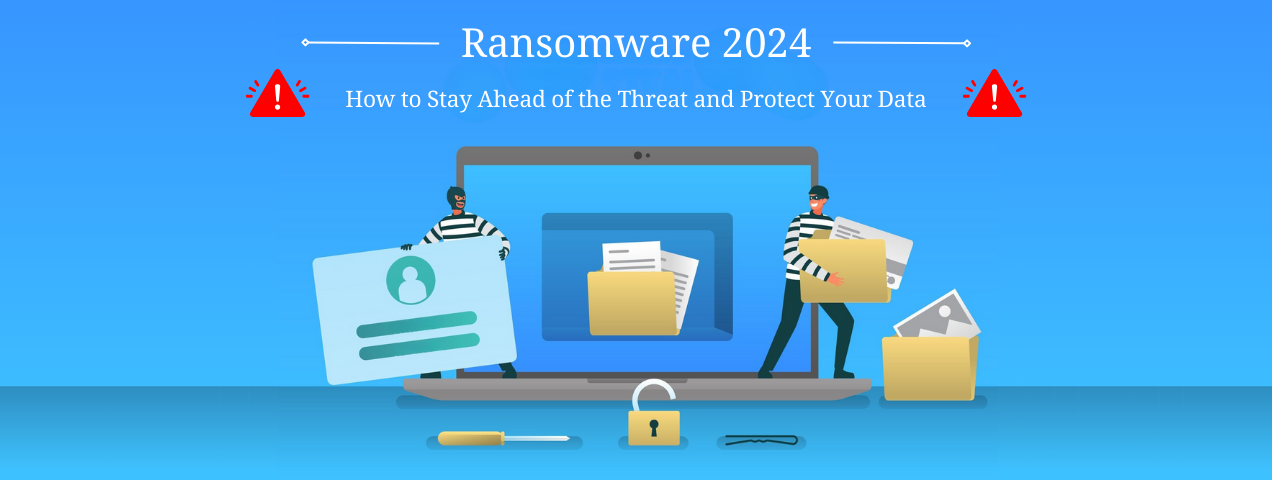
Ransomware is a type of malicious software that encrypts a user’s files and demands payment in exchange for decrypting them. It has become a prevalent threat in the tech world, with attacks on businesses and individuals increasing every year. Cybercriminals use ransomware to extort money from their victims, often demanding payment in cryptocurrency to make it harder to trace.
How Does Ransomware Work?
Ransomware typically infects a computer or network through phishing emails, malicious websites, or software vulnerabilities. Once installed, the ransomware encrypts the victim’s files, making them inaccessible. The cybercriminal then demands payment, usually within a short time frame, in exchange for a decryption key.
The Impact of Ransomware
Ransomware attacks can have devastating consequences for businesses and individuals. Not only do they result in financial losses from paying the ransom, but they can also lead to data loss, reputational damage, and legal ramifications. In some cases, organizations may be forced to shut down operations altogether due to the severity of the attack.
How to Stay Protected
1. Keep Your Software Updated
One of the most common ways cybercriminals exploit vulnerabilities is through outdated software. To prevent ransomware attacks, make sure to regularly update your operating system, antivirus software, and other applications to patch any security holes.
2. Use Strong Passwords
Weak passwords are a common entry point for ransomware attacks. Make sure to use strong, unique passwords for all your accounts and enable two-factor authentication whenever possible. This will add an extra layer of security to protect your data.
3. Be Wary of Suspicious Emails
Phishing emails are a common method used to distribute ransomware. Be cautious of emails from unknown senders, especially those that contain suspicious links or attachments. Avoid clicking on anything that looks suspicious and never provide personal information in response to unsolicited emails.
4. Backup Your Data Regularly
One of the most effective ways to protect yourself from ransomware is to backup your data regularly. By storing copies of your files on an external hard drive or in the cloud, you can quickly recover your data in the event of a ransomware attack without having to pay the ransom.
5. Invest in Cybersecurity Solutions
Consider investing in cybersecurity solutions such as endpoint protection, intrusion detection systems, and ransomware-specific tools. These can help detect and block ransomware before it can do any damage to your systems, providing an additional layer of defense against cyber threats.
Conclusion
Ransomware attacks are on the rise, posing a significant threat to businesses and individuals alike. By following the above tips and staying vigilant against cyber threats, you can significantly reduce your risk of falling victim to ransomware. Remember that prevention is key when it comes to protecting your data and devices from these malicious attacks.